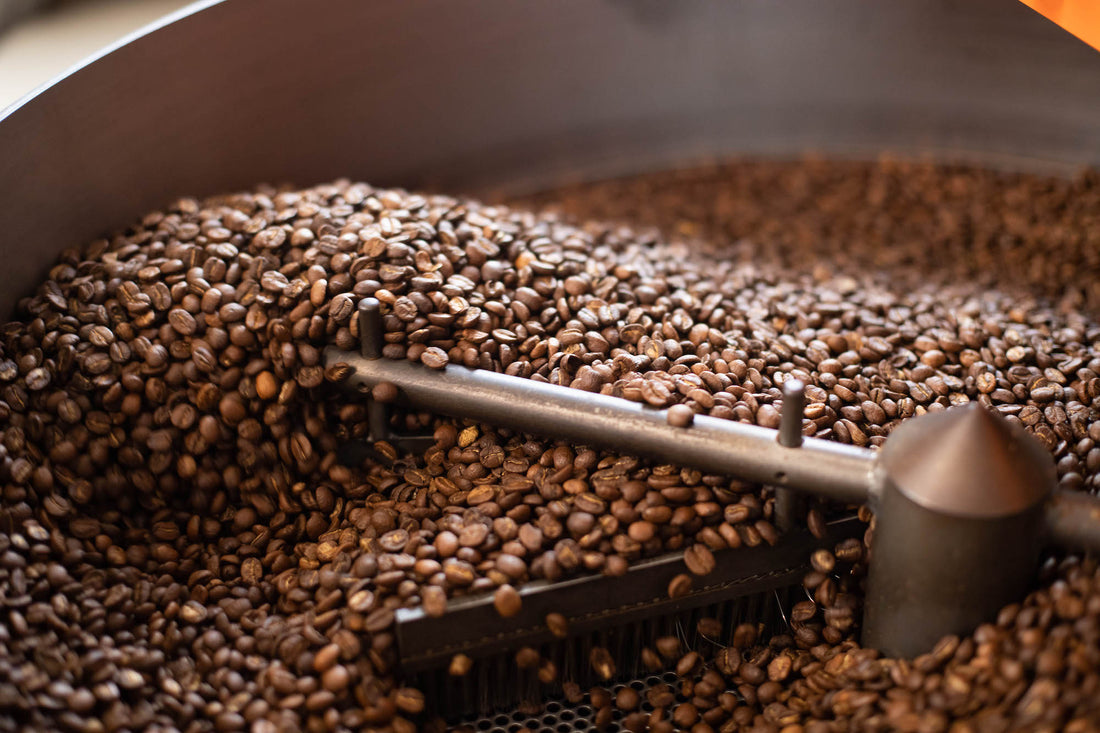
By Isabella Gonzales
The perfect cup of coffee is a labor of love. Coffee touches so many hands on its journey from the farm to the cup, and it undergoes a number of different processes to transform it from a crop that grows in the ground to a finished product.
But there’s one process that’s perhaps more obscure than the rest: decaffeination.
Since the 1900s, when the first U.S. patent for decaffeinating coffee was issued, decaf has been a way for people who are caffeine-sensitive to enjoy the flavor of coffee without the kick. Now, as much as 10 percent of the U.S. population drinks decaf on a regular basis.
However, most people don’t know how coffee is decaffeinated. How does the process work? Is it safe? Does decaf really have 0% caffeine? We answer these questions to shed light on a 100 year-old coffee tradition.
How is coffee decaffeinated?
There are several ways in which coffee can be decaffeinated, but there are four methods that are most common and effective.
- Water Processing: This method of decaffeination uses water to steam or soak the coffee beans under high temperatures. The process opens up the pores of the coffee bean, allowing the caffeine to be easily extracted. The beans will then soak for several hours until the majority of the caffeine has been diluted. This mixture is divided into caffeine and “green coffee water” — which is the water containing all the materials other than caffeine. The beans are then soaked in the green coffee water to restore its original flavor.
- Carbon Dioxide Process: The newest method of decaffeination, coffee beans are put under high pressure of carbon dioxide. This process dissolves the caffeine in pre-soaked beans and separates into two vessels: one for decaffeinated beans and one for water and extracted caffeine. This process can take up to 12 hours to complete.
- Indirect-Solvent Process: The practice of using solvents in order to remove caffeine is one of the most effective methods. Similar to water processing, the beans are soaked in hot water first for several hours. After draining the water, the beans are then mixed in a solvent to further extract the caffeine. The coffee will then soak to the water it was boiled in which returns the flavor back to the beans.
- Direct-Solvent Process: Instead of transferring the beans from water to solvent like the previous method, this process uses a combination of both water and solvent simultaneously to soak the beans. Similarly, the high temperatures will extract almost all the caffeine from the beans. What makes solvent extraction so popular is that there are several different solvents that the beans can soak in, each creating a unique flavor profile. Solvents help ensure that no flavor is lost during extraction, which may happen using pure water methods. After soaking, the beans are immediately steamed and dried, ready for the roasting process.
Where does decaffeination happen?
A common misconception is that decaf coffee is a special kind of coffee plant that grows out of the ground without caffeine. In reality, every bag on the shelf labeled “decaf” has gone through one of the processes outlined above to reduce caffeine levels to less than 3% of the original content. This process can be applied to any coffee bean.
Is decaf coffee safe?
Yes. All four methods of decaffeination are safe and FDA approved for consumption. Like any other food or beverage, decaf coffee should be consumed in moderation, but each extraction process follows rigorous washing and steaming at high temperatures to evaporate any solvent used. Once the beans are ready for roasting, any traces of liquids used in decaffeination are under 0.0001%. Aside from less caffeine, decaf’s nutritional value is almost identical to regular caffeinated coffee.
What kind of decaf does Connect offer?
The decaf that Connect roasts and sells comes from Valle del Cauca region of Colombia and is decaffeinated through the direct solvent method. In this case, the solvent used is ethyl acetate, an organic compound naturally found in fermented sugar cane — which is plentiful in Colombia. The process is both chemical free and extremely effective, and the end result is a sweet, medium-bodied coffee that tastes much like “regular” coffee.
“It cups better and performs better than other decaf processes in extraction,” says Jen Hurd, a sales manager at Genuine Origin, Connect’s supplier of decaf.
Another positive found in this coffee is that it promotes sustainable agriculture by limiting transportation from farm to cup.
“Because the coffee is decaffeinated in Colombia,” Hurd says, “we don’t have to ship it to another facility for decaffeination and then to our warehouses. Which means a lower carbon footprint.”

